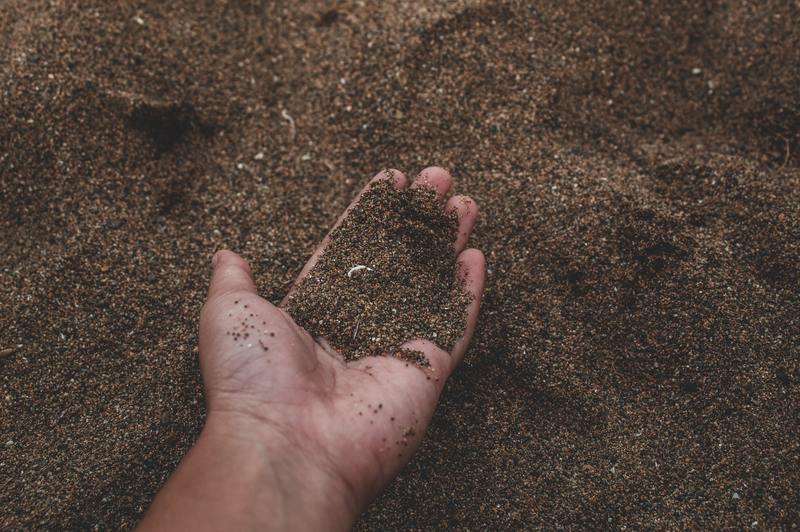Healthy soil is one of the good predictors of a healthy crop, and on a plant person’s note, you may find, “is soil fumigation important?”. This is a question to consider because of the truth that even in soil, pests can live.
If you are an agriculturist, gardener, or a simple plant person and you want to know how to make soil healthier to help in the good growth of your plants and crops, this article will give you an introduction and guide to soil fumigation.

Fumigation
Fumigation is an effective method through a chemical application. There are two ways to control infestation through fumigation.
The first is prophylactic, which is usually short and the treatment is routinely carried out. During the first signs of infestation, the second treatment is applied.
Soil fumigation overview
Soil fumigation is one of the ways to get rid of pests and diseases on the soil before planting and using pesticide formulation. It is also an independent chemical control strategy or method to decrease soil organism population.
There are several soil fumigants that you can apply: granules, liquefied gases, or volatile liquids. These are to effectively control fungi, insects, bacteria, weed seeds, nematodes, and weeds as soil-borne organisms.
6 Easy Steps Of Soil Fumigation
Step #1. Application of fumigants
To control harmful organisms such as nematodes, weeds, insects, bacteria, fungi, (if you see mildew in your soil, here’s how do you get rid of powdery mildew in soil), and diseases, injection of liquid fumigants’ into the soil is the first step.
Step #2. Dissemination of fumigants
After applying the liquid fumigants, the volatiles within the gas disseminate and radiate through the soil air space from the points of injection.
Step #3. The soil is conditioned
The native soil microbe population helps in conditioning for planting rebalances because the treatment significantly minimizes the harmful pathogens.
Step #4. Decomposition of fumigants
Fumigants like Chloropicrin biodegrade into plant nutrients, while other fumigants rapidly decompose in the soil.
Step #5. Crop planting
Once the condition of the soil is good, crop planting takes place.
Step #6. Healthy plants start to grow
Healthy plants start to grow to their full potential and can maximize their nutrients and water use.
5 Soil Fumigants
Here are 5 soil fumigants you can use to control disease-causing nematodes, fungi, and weeds.
1. Methyl bromide
Methyl bromide is a soil fumigant widely used and is registered as a pre-plant treatment on a limited number of crops.
2. Dichloropropane
It is an insecticide fumigant to control peach tree borers and is also used on grain and soil.
3. Propylene oxide
(PPO) Propylene oxide is the most adaptable agricultural fumigant under development as a substitute for Methyl Bromide.
4. Organophosphate insecticides
This type of pesticide works by damaging an enzyme called acetylcholinesterase and is critical for controlling nerve signals in the body that kills pests.
5. Chloropicrin
Chloropicrin is used as an antimicrobial fungicide, insecticide, nematicide, and herbicide.
How to fumigate soil in the garden using dazomet granule fumigation
In garden areas where flowers or crops can also grow, pests such as nematodes can be present. Some gardeners use fumigation to prepare potting soils, seedbeds, and entire landscape areas before planting, and dazomet (you can also check this one: how to control pests in garden) are one of the fumigants available for gardening.
- Before fumigation, dig the garden bed to a depth of 6 to 8 inches 7 to 10 days then eliminate rocks, soil clods, and any organic debris using a rake.
- Using a soil thermometer, measure the soil temperature that must be higher than 55 degrees Fahrenheit at the 6 to 8 inches depth for the fumigant to be active.
- To determine the amount of fumigant needed for the garden, read the fumigant manufacturer’s label for cautions.
- Using a granule spreader, put the dazomet granules over the garden bed and cover them with plastic sheeting.
- To the edges of the sheeting, apply soil with a shovel to secure the fumigant gases into the garden bed and after 7 days remove the cover.
- Dig the garden bed to a depth of 2 to 3 inches to prevent soil-borne organisms from damaging the previously treated soil.
- 14 to 20 days after treatment the soil is ready for planting.
What are the advantages of soil fumigation?
- Can easily eliminate rodent or arthropod infestations in structures and commodities
- It can easily penetrate to crevices, cracks, and some packaging materials and offers zero insect tolerance
- If the site is properly aerated, hazardous residues and odors leave no unsightly
What are the disadvantages of soil fumigation
- Some fumigants can be fatal for humans and are highly harmful to other living things if not properly used
- The chemicals are flammable and corrosive, so you’ll require special protective equipment
- To be effective, one of the requirements is a warm temperature. Problems may arise during the winter seasons
Conclusion
Investing in healthier soil is a good thing. Now that you have the idea about soil fumigation, the question, “is soil fumigation important” will not leave you hanging anymore!
